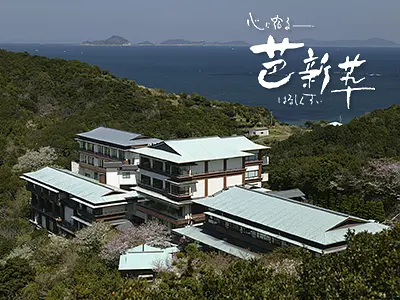かざはやの里とは?季節の花が楽しめる園内の見どころや駐車場を紹介します
掲載日:2022.06.27
「かざはやの里」をご存じですか?2004年に日本で初めて「園芸福祉」を取り入れた花園として誕生しました。この記事では、そんなかざはやの里の施設名の由来などをご紹介したあと、早春から夏にかけて「紫陽花(あじさい)・梅・藤」が楽しめる季節の花の見どころ、園内のおすすめスポットや駐車場までご紹介しますので、ぜひ参考にしてくださいね!
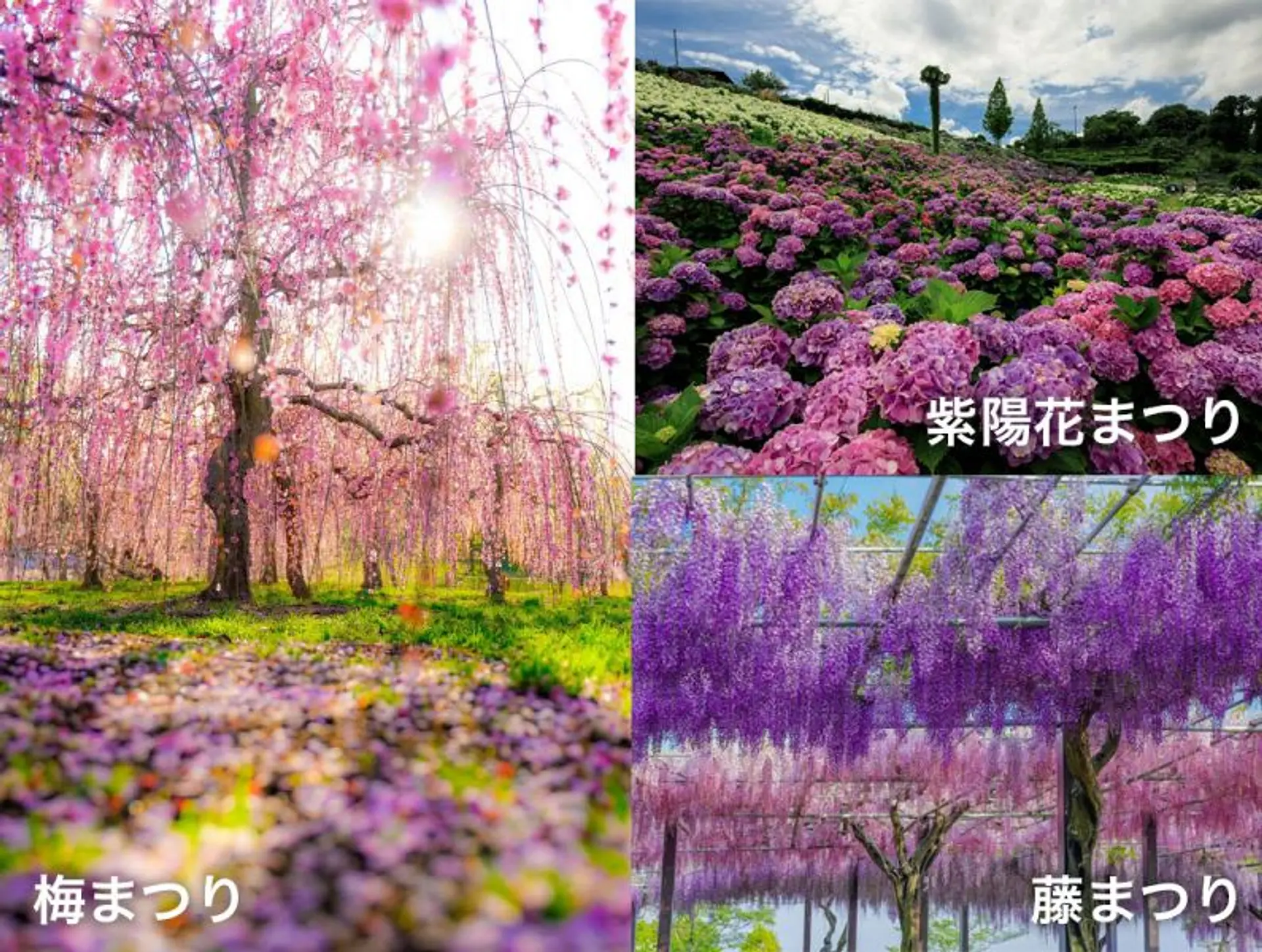
▼ 目次
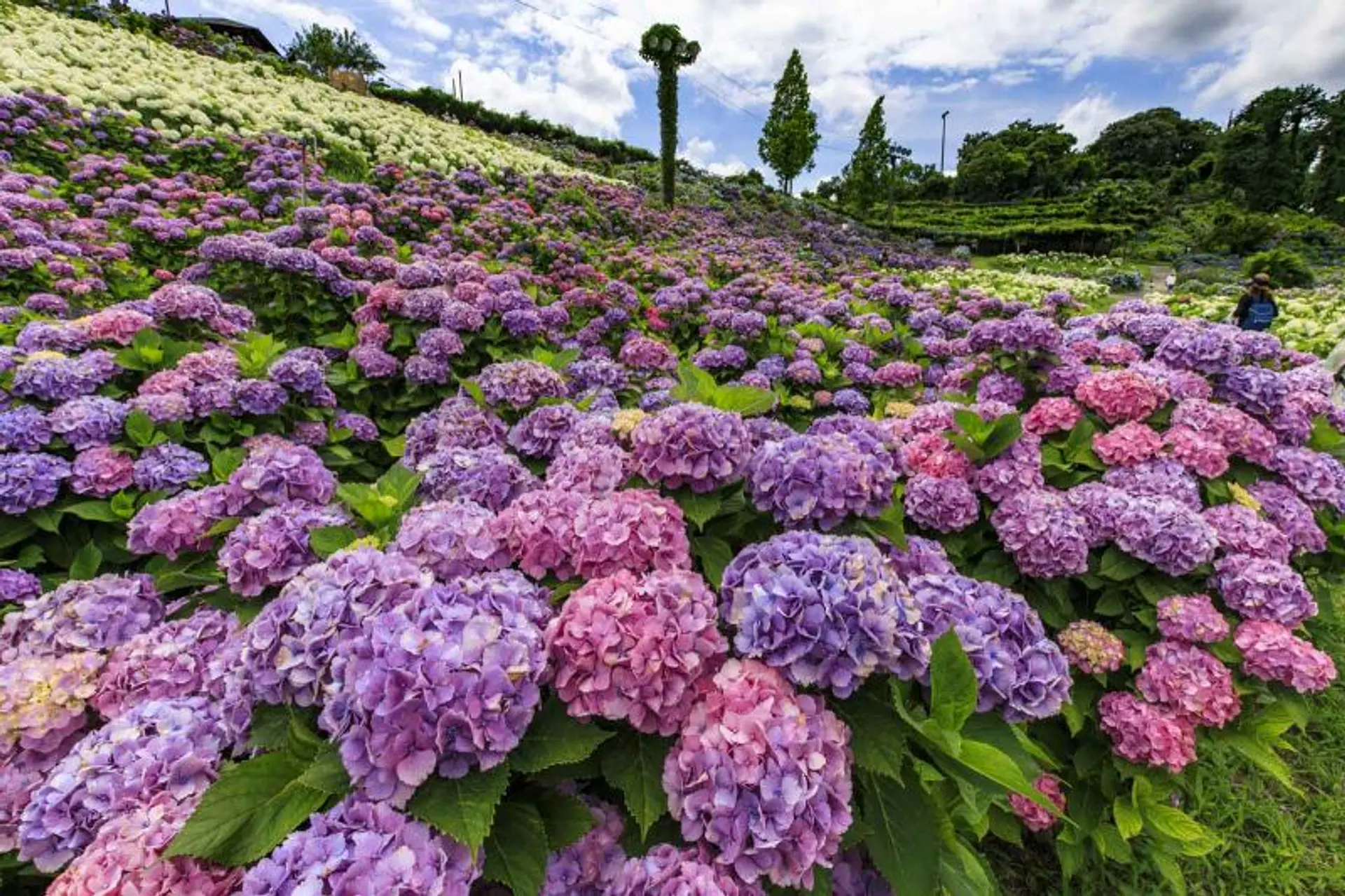
「かざはやの里」とは?
三重県津市久居戸木町(ひさいへきちょう)にある、かっぱのふるさと「かざはやの里」は、久居ICから車で約10分弱。周囲3.8kmに及ぶ風早池のほとり、約78,000㎡の丘陵地「伊勢温泉ゴルフクラブ」内にあります。
運営しているのは、社会福祉法人「正寿会」。日本で初めて「園芸福祉」を取り入れた花園として、福祉と環境の融合に取組んでおり、障がいのある方と施設職員が力を合わせて「紫陽花(あじさい)77,700株、梅555本、藤1,800本」(2022年6月26日現在)を管理しているんです。
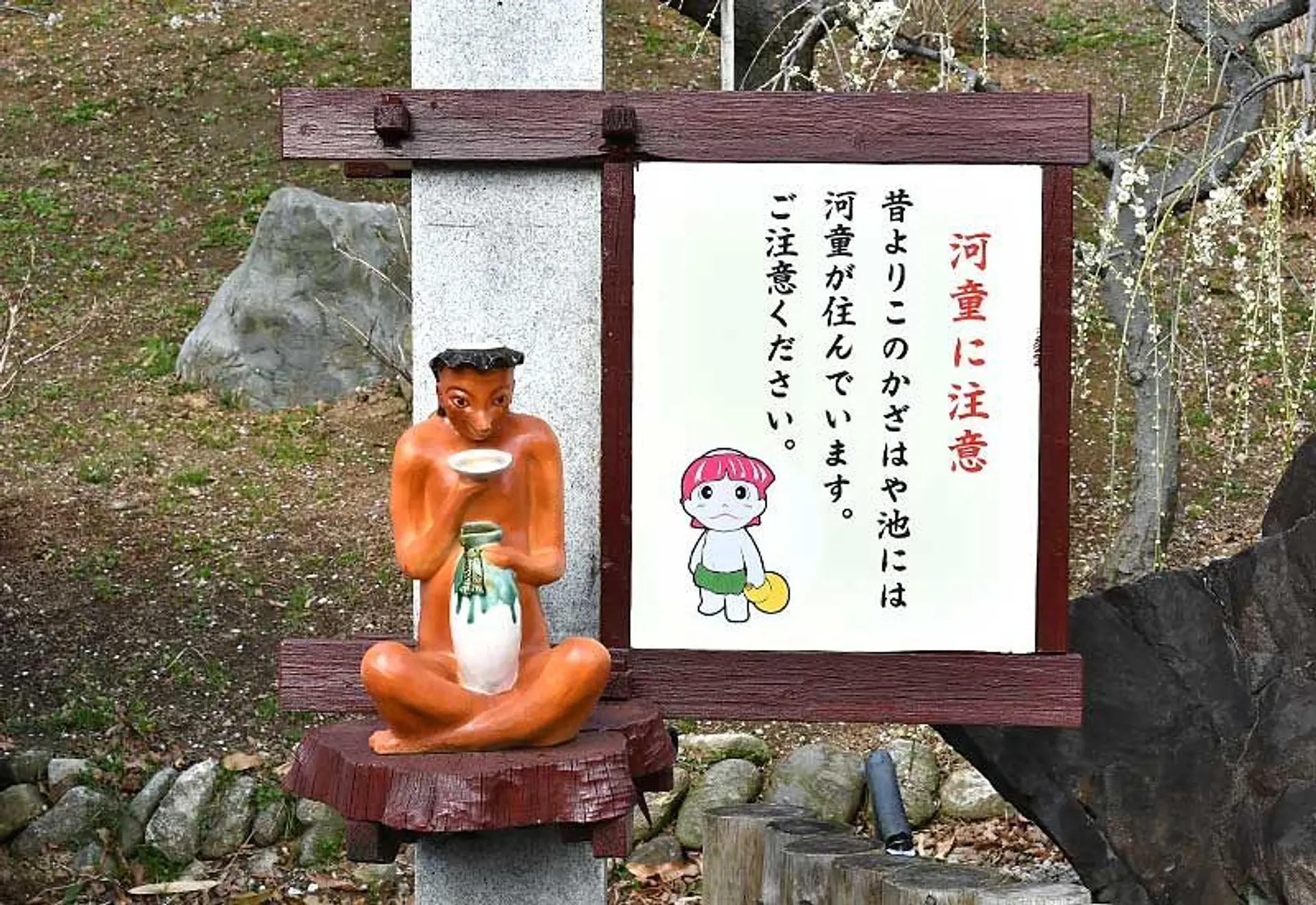
施設名の「かざはやの里」は、敷地内にある「風早(かざはや)池」が由来。ちなみにこの「風早池」は、垂仁天皇が紀元35年、全国に作った800の灌漑池のひとつです。戦国時代には津城藩主「藤堂高虎」が灌漑工事を手掛けた土地に「風早」とつけたことから「風早池」と名付けられ、現在も県内有数の田畑の水資源となっているとのこと。
河童のふるさとといわれている所以は、この「風早池」に、近くの雲出川に住んでいた河童が移り住んだからと言われているそうですよ。
「かざはやの里」駐車場や料金について
かざはやの里の駐車場は全部で3つあり、かざはや池の周辺にある第3駐車場が土日限定で開放されます。
かざはやの里へは通行不可区間があります。
— 福祉と環境を融合した花園「かざはやの里」~かっぱのふるさと~ (@kazahayanosato) June 12, 2022
地域住民にご迷惑のかからないようお願いします。
入園締切18:30退園はご自由に~#夕焼けのあじさいでまったりと#三重県 #津市 #かざはやの里 #かざはの里DogLand #あじさいの名所 #あじさいまつり #kankomie #visitmie #vistmie_tw #じゃらん #はなまっぷ pic.twitter.com/O6ms2Kd9nd
かざはやの里の公式Twitterでは「通行不可区間」が告知され、津市戸木町の住宅街へ繋がる道は通らないようにとのことです。
2022年6月11日(土)〜12日(日)は住宅街の通路が大渋滞になってしまい、住民の方々が一時帰れない事態が発生しました。そのため、現地で渋滞が発生していた場合は時間を置いて再度向かいましょう。
2022年6月18日からあじさいまつり終了までの土日は警備員が配置されるので、指示に従って車を移動させましょう。
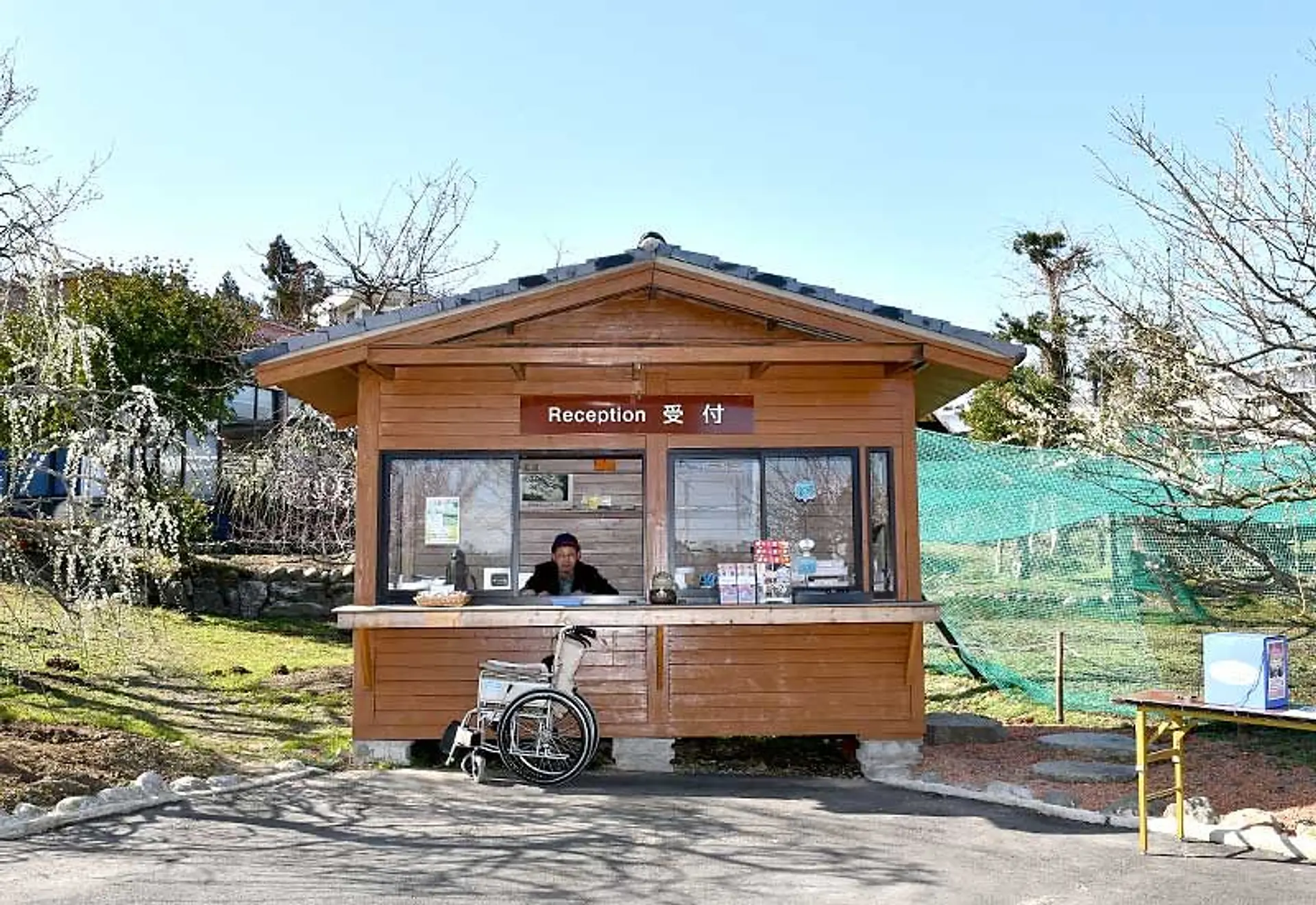
こちらの受付で入園料一人800円(高校生以下・障がい手帳持参者無料)を払い、メイン広場へ向かいます。受付の方が笑顔で迎えてくれていました。
無事に入場ができたところで、ここからはかざはやの里の紫陽花(あじさい)・梅・藤について絶景の写真とともにそれぞれ詳しくご紹介していきます♪
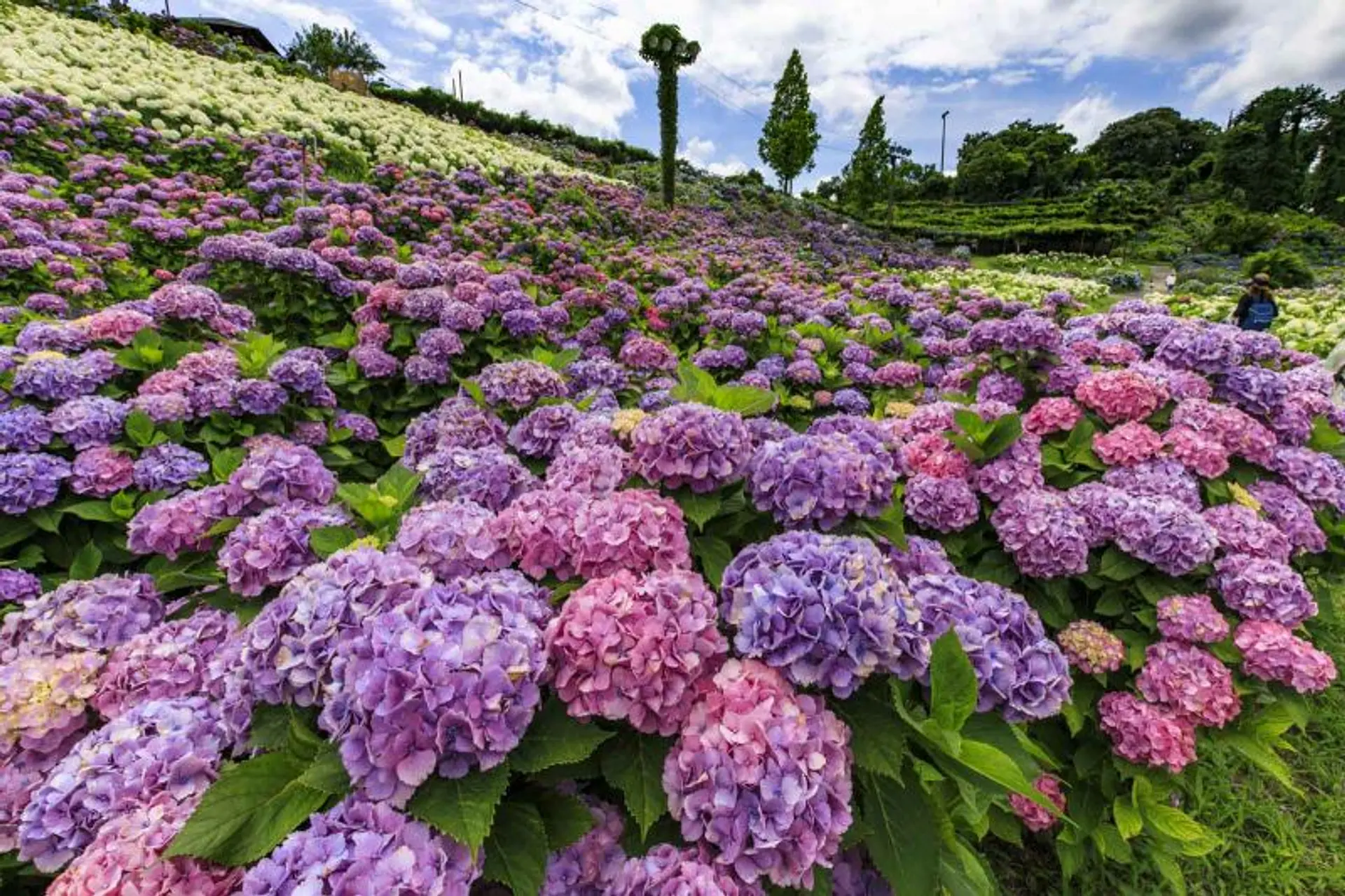
「かざはやの里」紫陽花(あじさい)の見どころ(6月上旬~7月下旬)
かざはやの里の紫陽花(あじさい)は「セルマ」「シャローナ」「セリーナ」「サンドラ」「サブリナ」「ソラヤ」のここでしか見ることの出来ない品種と「青てまり」「すみだの花火」「マリンブルー」「カスラリンピンク」「ウズ」「白額」「七段花」「十二単」「姫あじさい」「アナベル」など37種類がデザインした紫陽花(あじさい)花壇と大斜面の33,000㎡に77,700株が6月上旬~7月下旬に色づきます。
紫陽花(あじさい)の見ごろについて
5月下旬ごろ「額花」が色づき始め、6月中旬頃全品種の色が「美ごろ」になり、「真花」が開花した後、額花が「シャビーシック(玉虫色から褐色化)」になります。
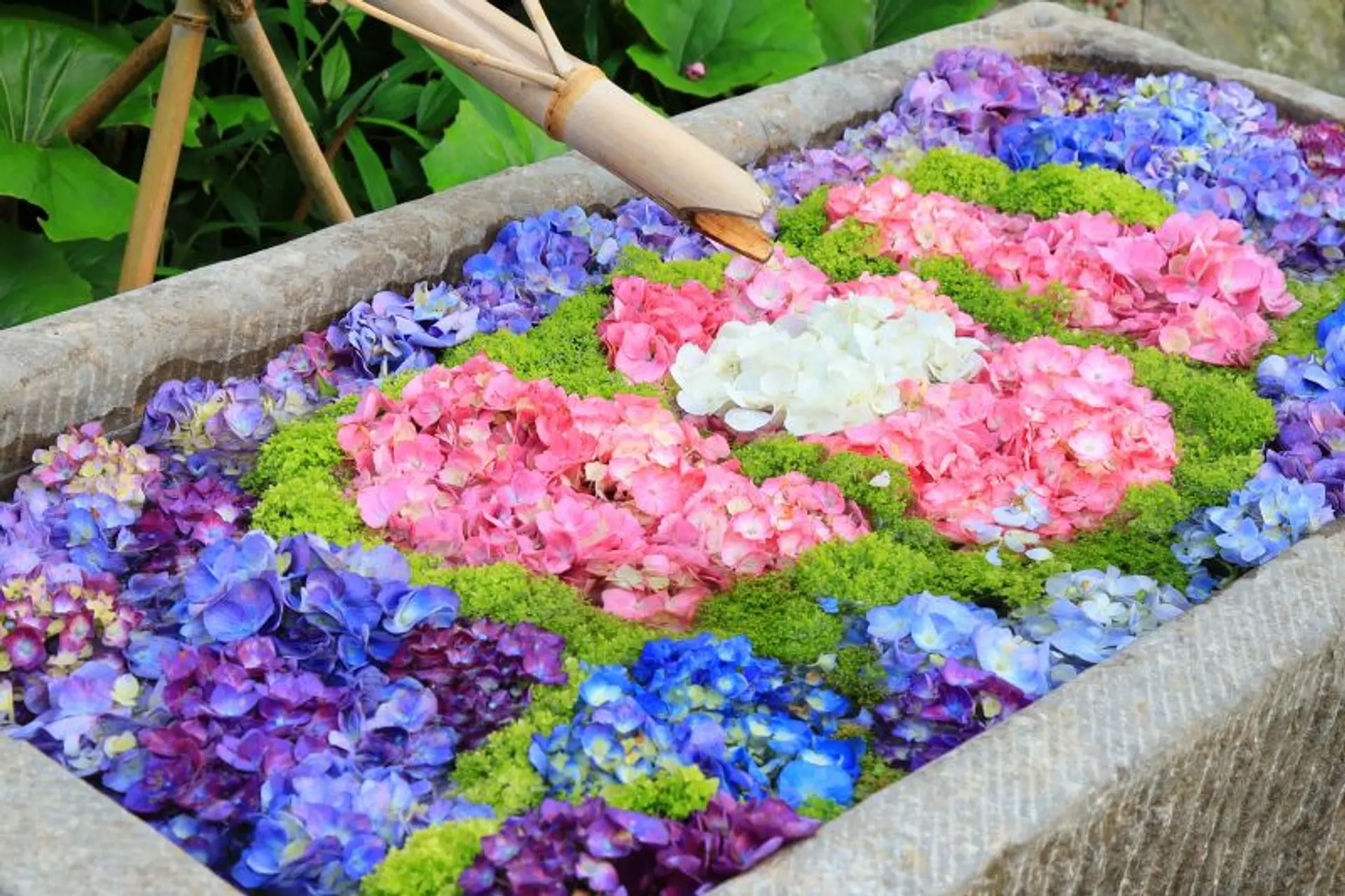
園内の受付を越えてすぐのところには花手水があります。花手水は定期的に花・デザインが入れ替わり、様々な絵柄を見せてくれます。
2022年6月9日に披露された花手水はかぼちゃの馬車を紫陽花(あじさい)で描いたもの。色とりどりでとても綺麗です。
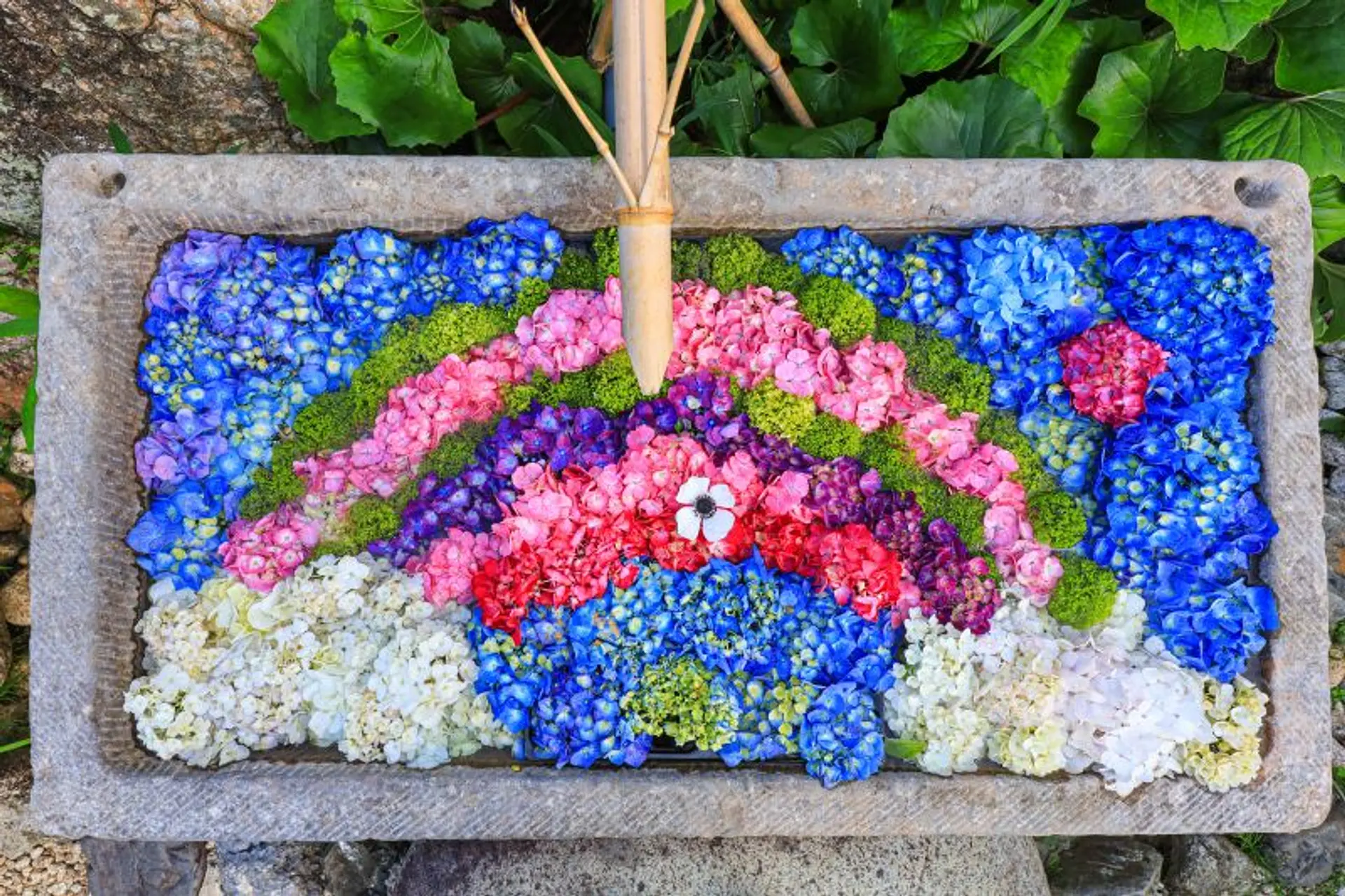
2022年6月12日には紫陽花(あじさい)で虹を描いたものになっています。梅・藤のシーズンにもそれらを使った美しい花手水が披露されますので訪れるたび楽しみですね。
この他にも三重県の花手水をこちらの記事で紹介していますのでぜひチェックしてみてくださいね♪
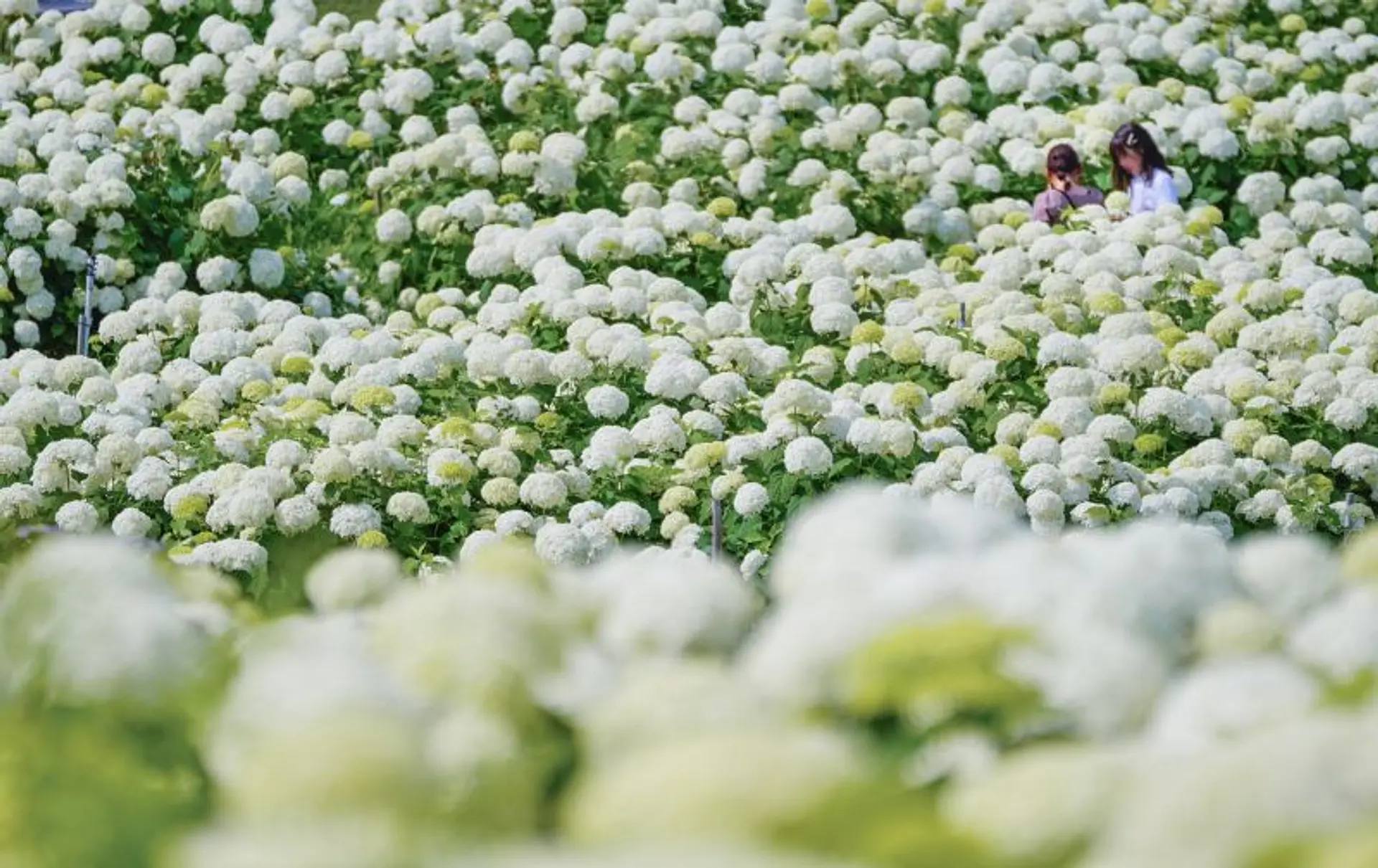
白色の紫陽花(あじさい)であるアナベルは他の色の紫陽花よりも1週間ほど見頃が遅くなります。
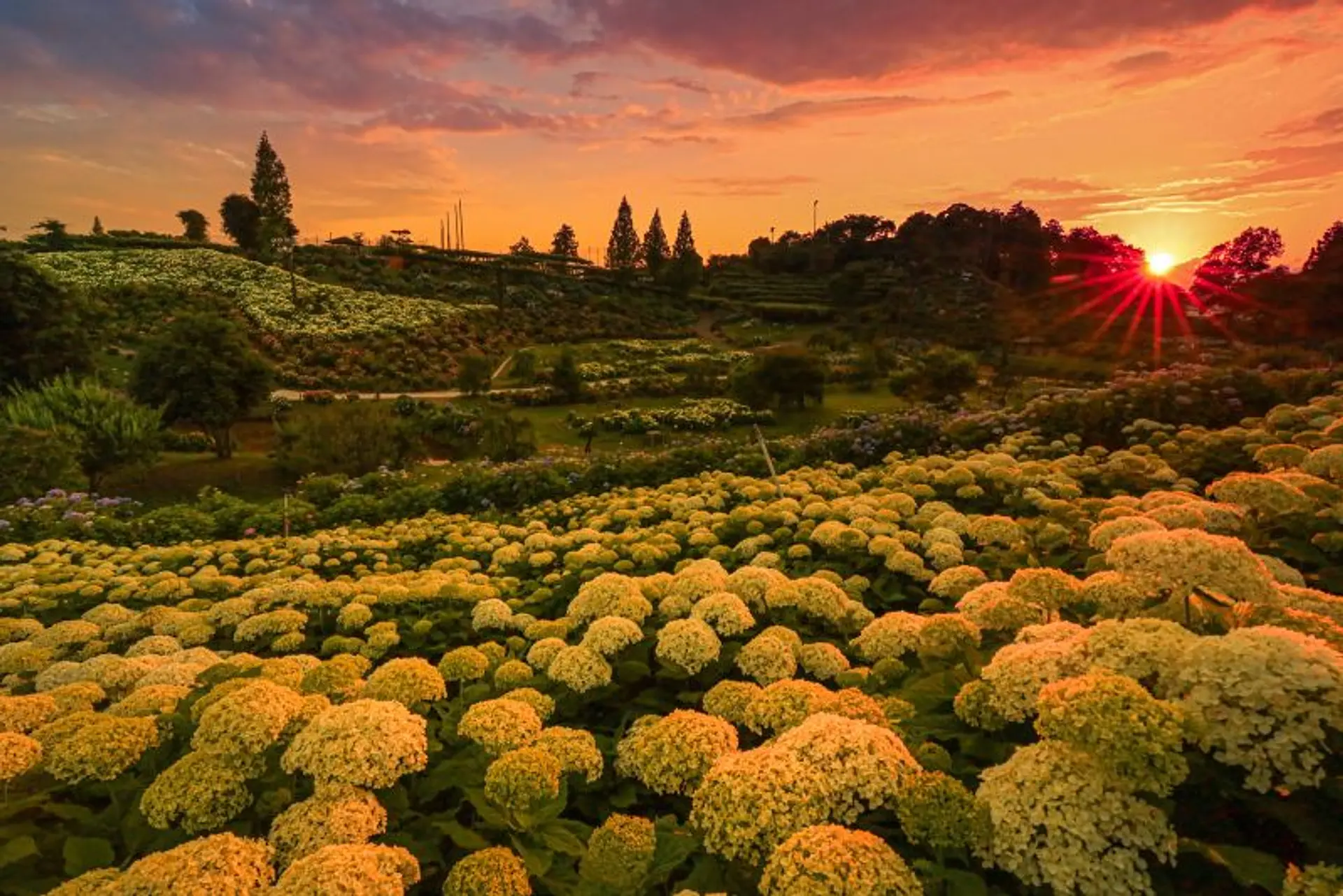
夕焼けと紫陽花(あじさい)の組み合わせが撮れるのも東海地区最大級の規模を誇るかざはやの里だからこそ。
2022年現在、18時半までに入園すれば何時でも退園可能なので、夕焼け×紫陽花(あじさい)の幻想的なシーンが見られるチャンス!
この他にも紫陽花(あじさい)の絶景がたくさん!みえ旅カメラ部ふがまるちゃん&ちゃむが「かざはやの里」の紫陽花(あじさい)を綺麗に撮るコツやおすすめの撮影ポイントを紹介しているのでこちらも参考にしてくださいね♪
「かざはやの里」梅の見どころ(2月上旬~3月下旬)
梅は、「百花魁」(ひゃっかさきがけ)という呼び方もあって、1年のなかで最も早く咲く花として知られています。かざはやの里ではキジやメジロ、ウグイスの鳴き声の中、梅の散策ができます。
雪景色や寒空のなか美しい花をつける梅は、生命力の強さを感じることから縁起の良い花とされ、正月の飾りとしても重宝されてきました。
清少納言が「枕草子」で “木の花は濃きも薄きも紅梅”と著したように、9世紀半ばの平安時代中期までは、「花」と言えば桜ではなく梅のことを指しているほど、「梅」は花の中の主役だったのです。
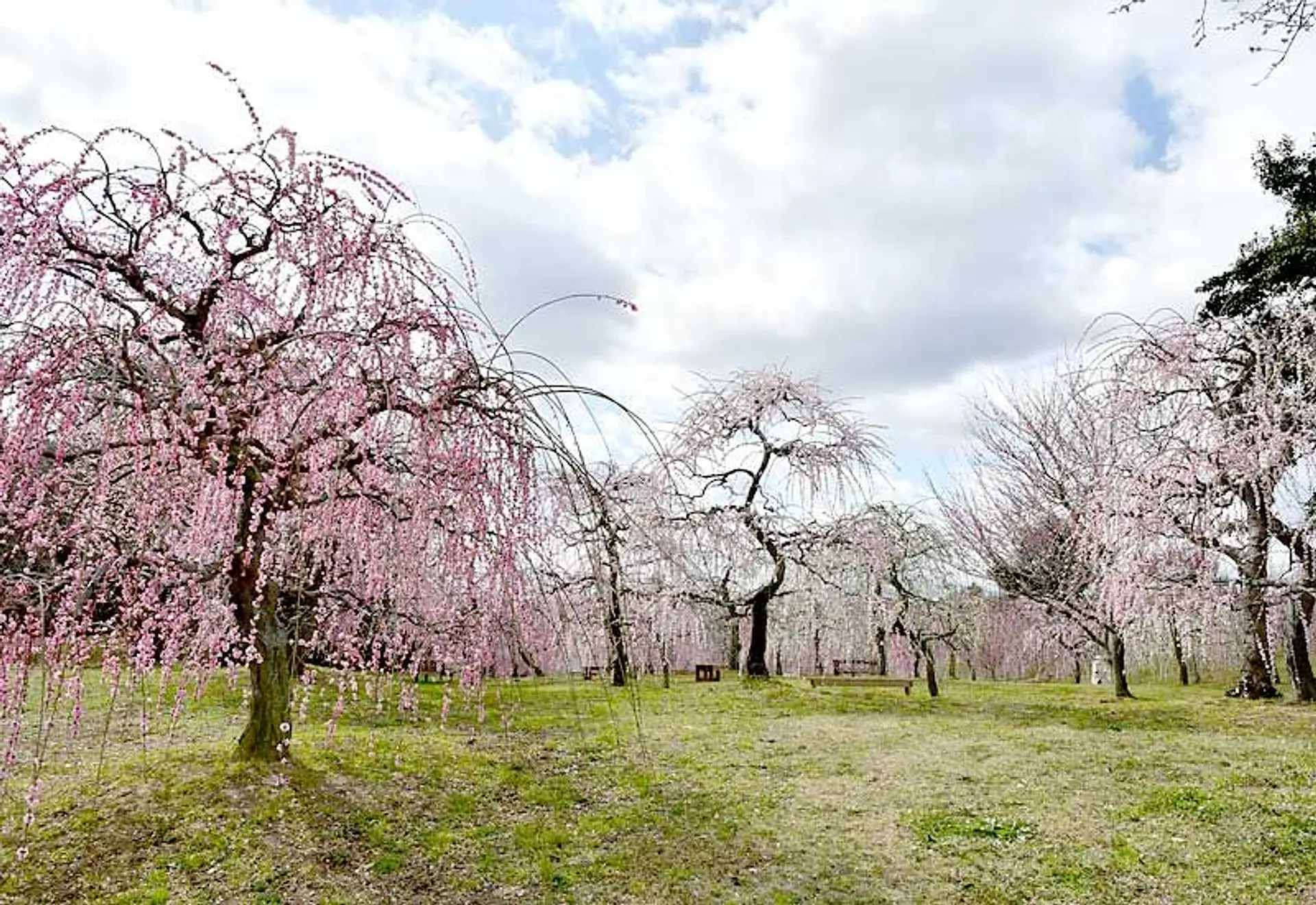
こちらがメイン広場の紅白のしだれ梅。しだれ梅は繋ぎ木のため、植樹の際に紅白バランスよくなるように基樹を計算しながら植樹されたそうです。紅白のしだれ梅に青空。インスタ映え間違いなしのポイントです。
この他にもかざはやの里の梅は「寒紅梅」「道しるべ」「白加賀」「鹿児島紅梅」「紅千鳥」「日光梅」「紅鶴」「豊後梅」「湊紅梅」「小梅」「南高梅」「思いのまま」「淋子梅」など65種類555本が2月上旬~3月下旬に25,000㎡の緑の芝生の絨毯の中に開花します。
芝生の絨毯に555本もの梅。ゴルフ場内であることを忘れ、日本庭園を思わせる造りの中で梅の香りに包まれながら、紅白のかわいい梅の花を見ていると、昔の貴族の気持ちがわかる気がしました。ちなみに紫陽花の時期になると、実梅から収穫した梅の販売も行われるそうです♪
かざはやの里の梅についてさらに詳しく知りたい方はこちら
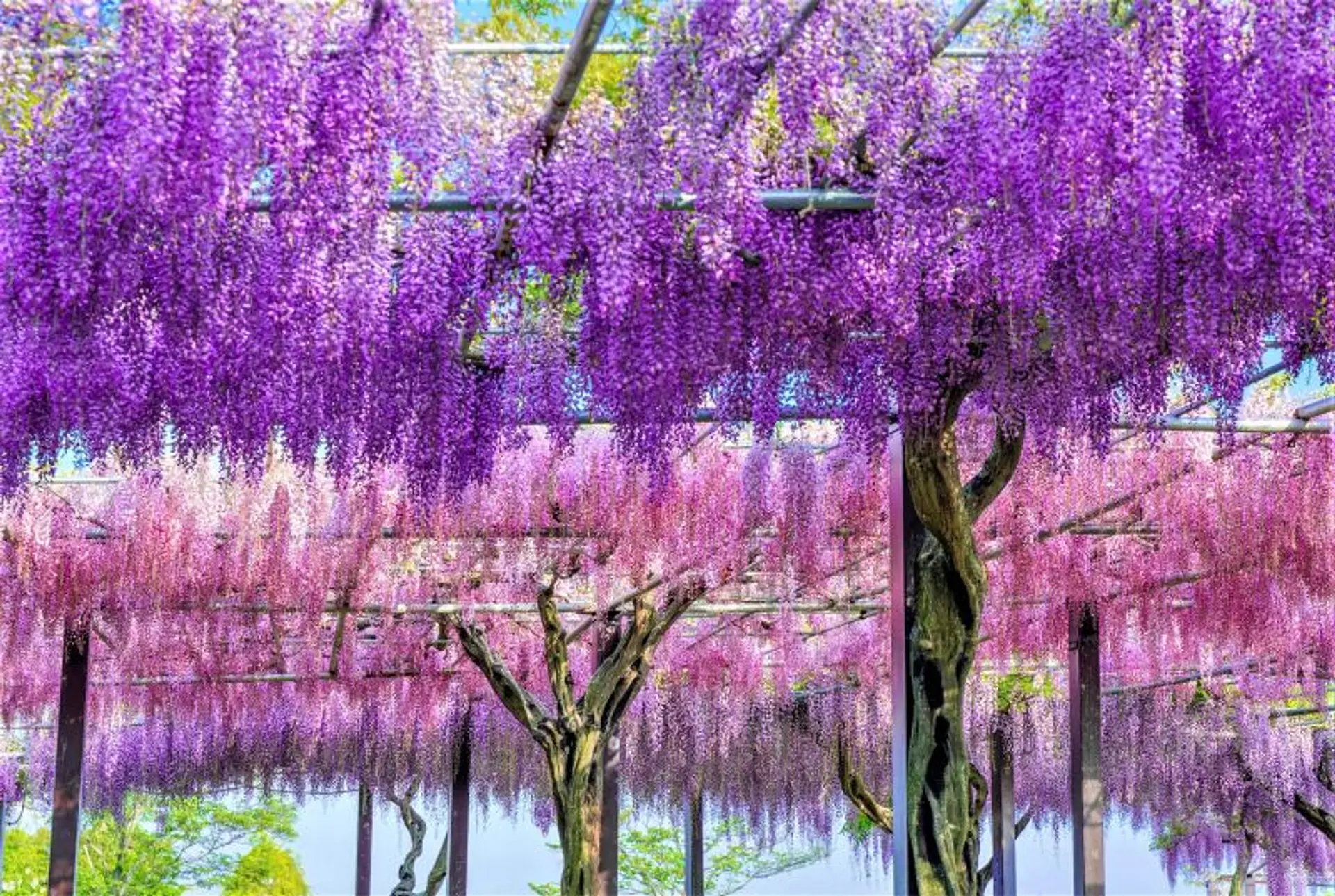
「かざはやの里」藤の見どころ(4月下旬~5月上旬)
藤は「白甲比丹藤」「紫甲比丹藤」「紅藤」「口紅藤」「六尺藤」「九尺藤」「長崎一歳藤」「八重黒龍藤」「黒龍藤」「白野田藤」の10種類1800本が10,000㎡の10種類の藤棚と58,000㎡の園内の立木に4月下旬~5月上旬に開花します。
上の写真は園内にある、とても大きな藤棚。(写真は見頃の時期に撮影したものです)
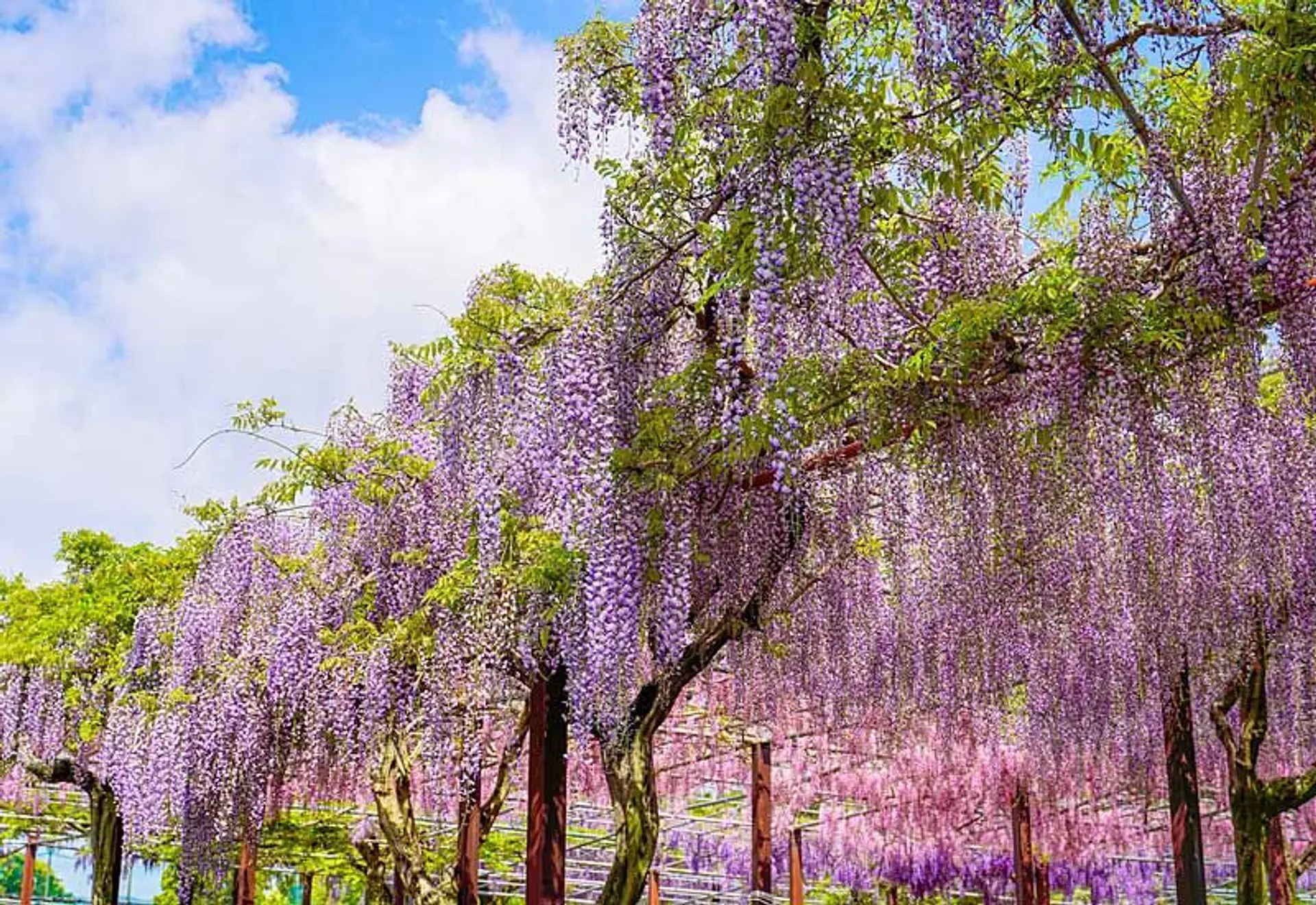
藤棚は10,000㎡の敷地に9つの様々な形のものがあります。
今まで見たことがないくらい大きな藤棚で、見頃の4月から5月は写真のように満開となり圧巻の絶景です。
「かざはやの里」の開花状況を知る方法
かざはやの里公式のTwitter・Instagram・Facebookで現在の開花状況を写真付きで見ることが出来ます。見頃が近づくと、開花状況が毎朝更新されますので要チェックです♪
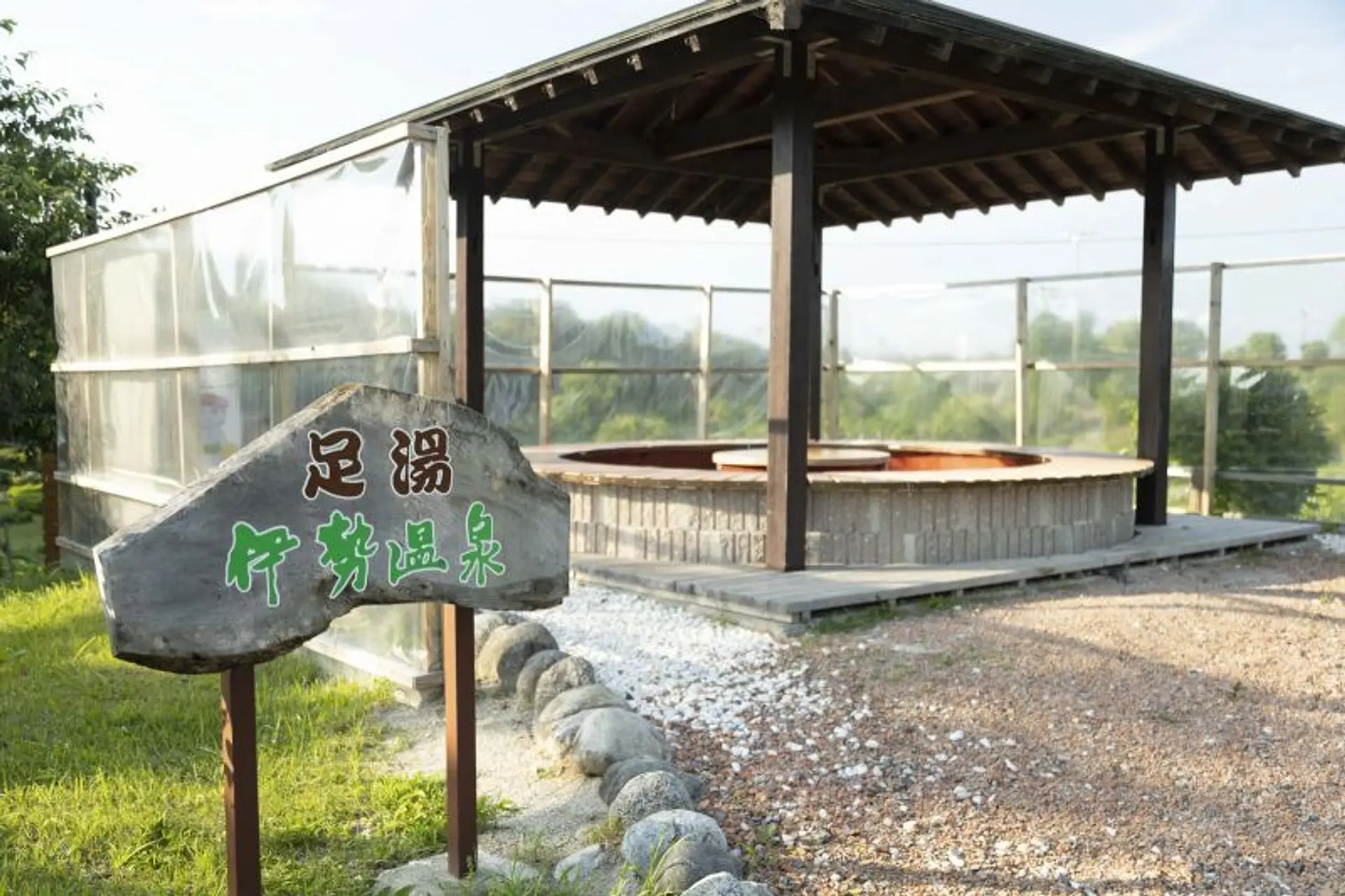
「かざはやの里」園内のおすすめスポット
園内を歩き回ったあとは、無料の足湯でリラックス。身体が癒されますよ♪タオルを忘れても大丈夫!1枚100円で「かざはやの里」オリジナルタオルを販売していますので安心です。
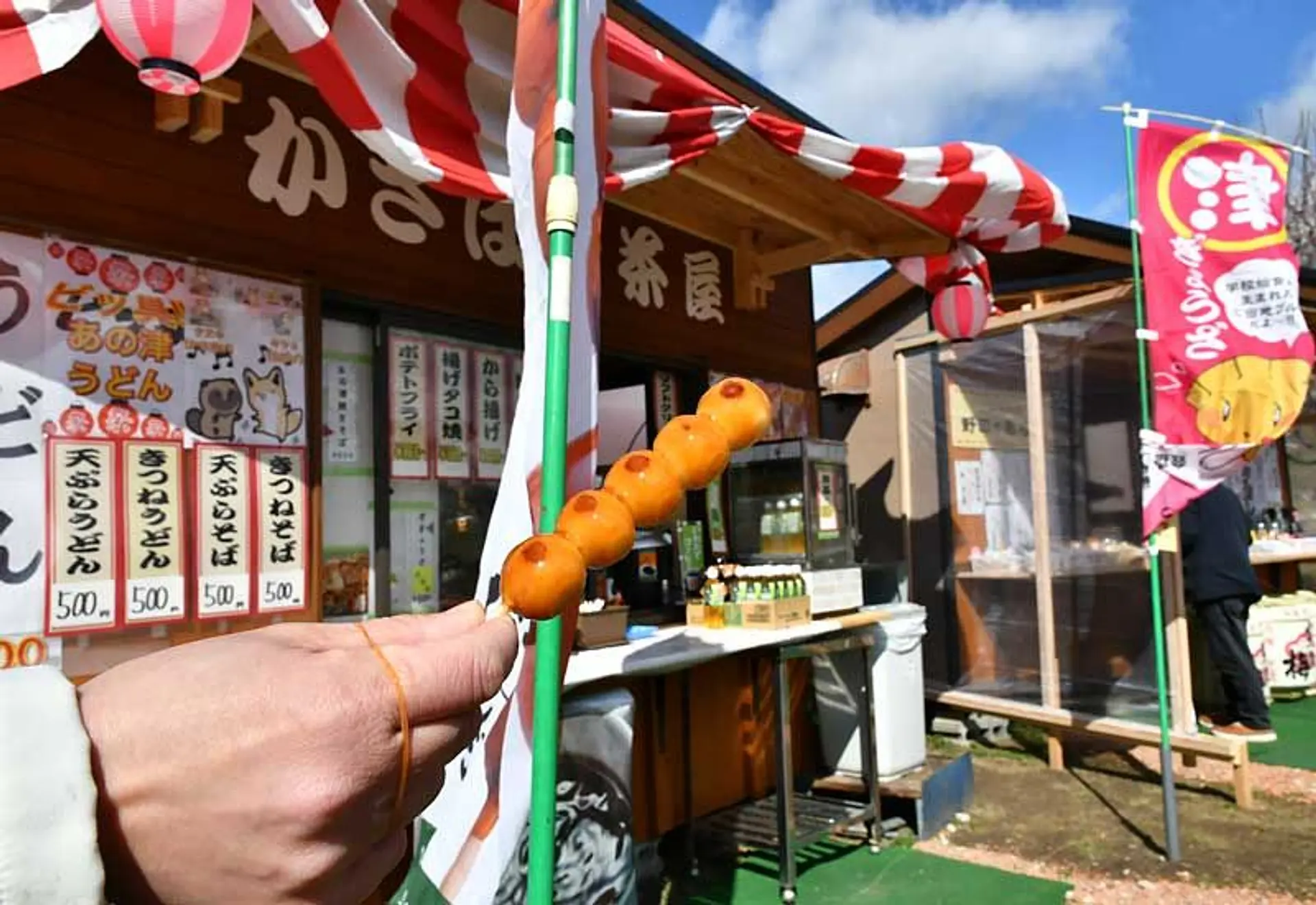
「かざはや茶屋」では、津のご当地グルメ「津ぎょうざ」「あの津焼きそば」や定番の「みたらし団子」が楽しめますよ。
この他にも津のお土産で有名な「東洋軒のブラックカレー」「T2のチョコレート」「銘酒・寒紅梅」「野田あられ」が購入できる園内ショップもあります(時期により商品は変更の可能性があります)。
お花の見ごろになると日替わりで様々なキッチンカーが出店するので事前に目当てのお店を決めてから行くのもいいですね!
かざはやの里は2月〜3月は梅が、4月〜5月は藤が、6月〜7月は紫陽花(あじさい)の鑑賞を楽しむことができる癒しの花スポットです。中でも東海地区最大級の規模を誇る紫陽花(あじさい)は丘陵地の環境を活かした植栽の美しさから、“日本一きれいな紫陽花(あじさい)園”と評されるほどですので、ぜひ行ってみてくださいね。
日常生活では見ることのできない「癒しの花景」の別世界を3世代のご家族お揃いで、お楽しみ下さい。
※ペットの入場もモラルを守っていただければ入場いただけます。(詳細は「料金」の項目をチェック)
かざはやの里も紹介されている『絶景の花畑・花の名所特集』はこちら
福祉と環境を融合した花園「かざはやの里」~かっぱのふるさと~
花の美頃により変動します。
大人(18歳以上)100円~1500円(最高美)~100円
中人(13歳~17歳)0円~ 800円(最高美)~0円
小人(12歳以下)・障がい手帳持参者(付添健常者有料)・ペット(ドッグラン利用有料)0円
梅まつり 2月上旬~3月下旬 8:00~17:00入園締切
藤まつり 4月下旬~5月上旬 8:00~18:00入園締切
紫陽花まつり第1幕 6/1~6/30 8:00~18:00入園締切
紫陽花まつり第2幕 7/1~7/13 8:00~18:00入園締切
秋桜まつり 10月上旬~11月上旬 8:00~17:00入園締切
年中無休
第1駐車場300台・第2駐車場100台・ゴルフ場駐車場100台
・大型観光バス11台
◆近鉄名古屋線久居駅(特急停車)
☆藤・紫陽花まつり無料送迎バス有(運行日はHPに記載します。) 運行時間9:25~16:5
○西口より三重交通バス榊原車庫前行→戸木神社前下車→徒歩15分
○三重交通バス時刻往路6:30 7:16 46 8:26 9:16 10:16 11:16 12:16 13:16 14:16 15:16 16:16 17:6 36 18:6
○三重交通バス時刻復路8:21 51 9:31 56 10:51 11:46 12:50 13:26 51 14:52 16:5 53 17:30 18:1 42 19:25
◇タクシー近鉄久居駅西口→かざはやの里¥2200-
◆伊勢自動車道
久居IC右折→国道165号→百五銀行・JA三重中央右折→風早団地→駐車場
◇鈴鹿方面からは
中勢バイパス→ファミリーマート津市野田店→側道→高架下右折→県道658号線→社会福祉法人正寿会看板右折→風早池沿い→駐車場
◇伊賀方面からは
国道165号→百五銀行・JA三重中央左折→風早団地→久居交通→駐車場看板右折
◇伊勢方面からは
中勢バイパス→高茶屋小森町交差点左折→国道165号→百五銀行・JA三重中央右折→風早団地→久居交通→駐車場看板右折
※ナビ☎059-255-3433伊勢温泉ゴルフクラブ

.png)
